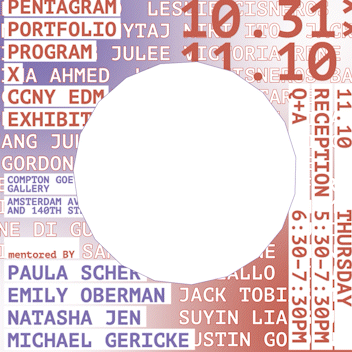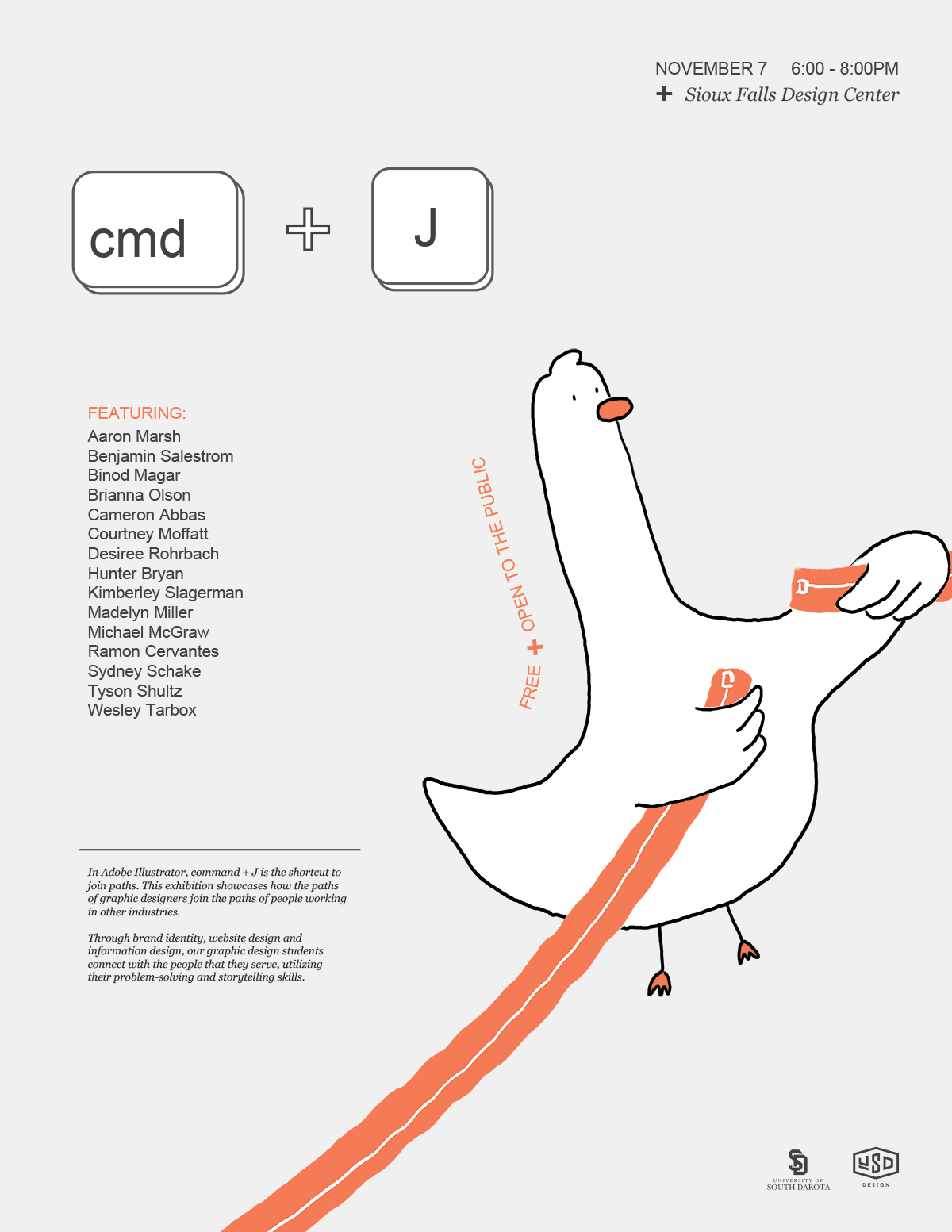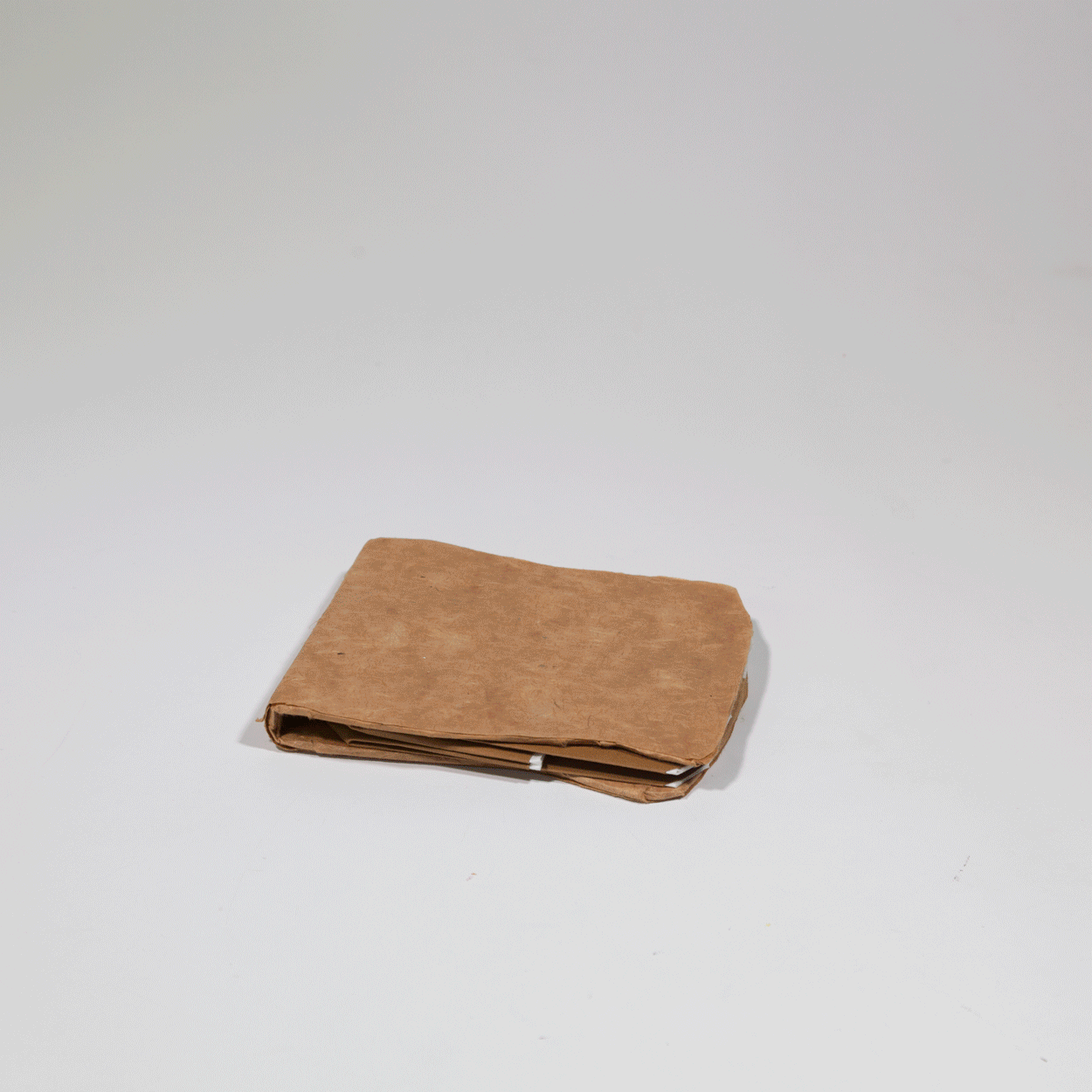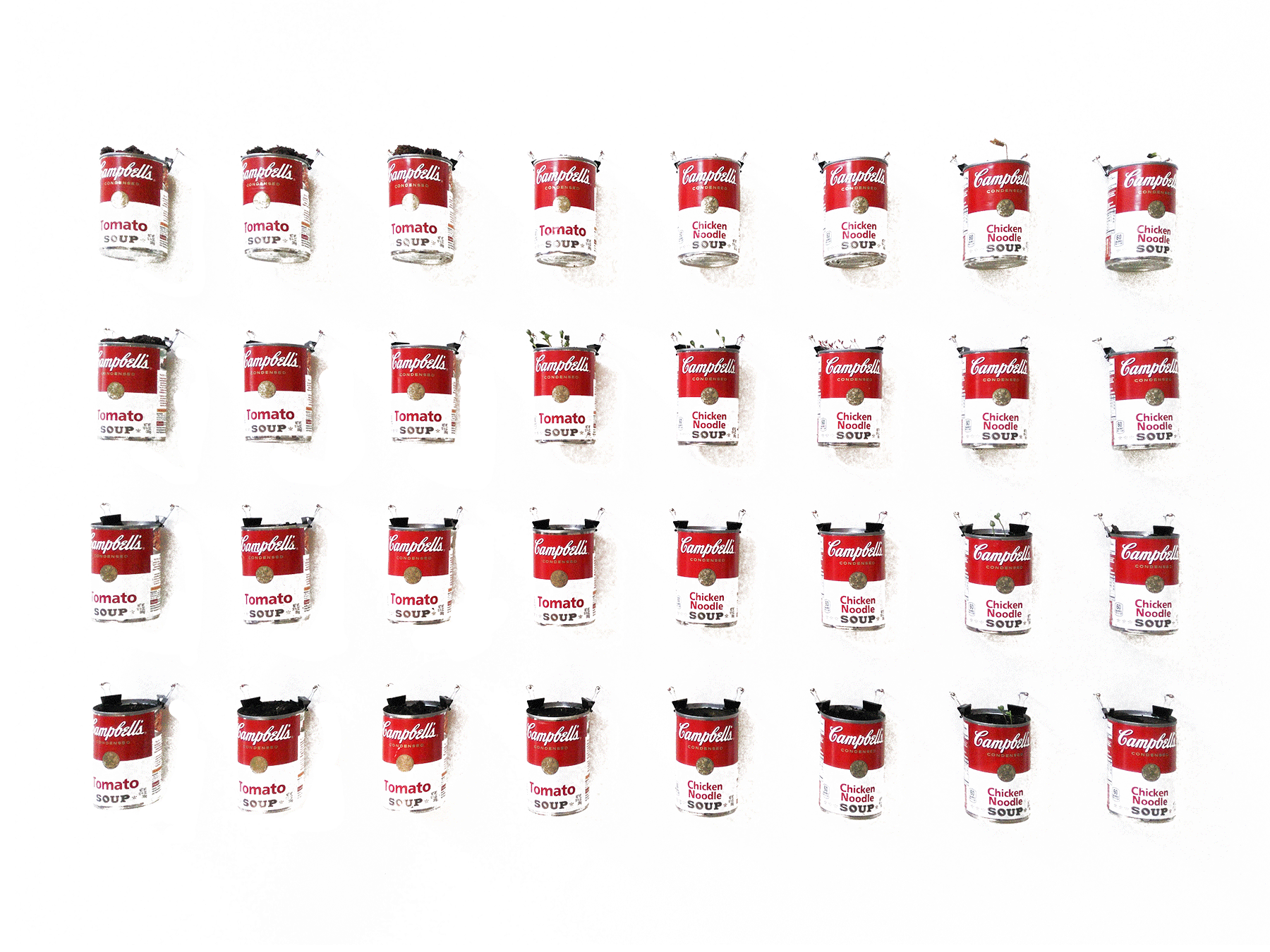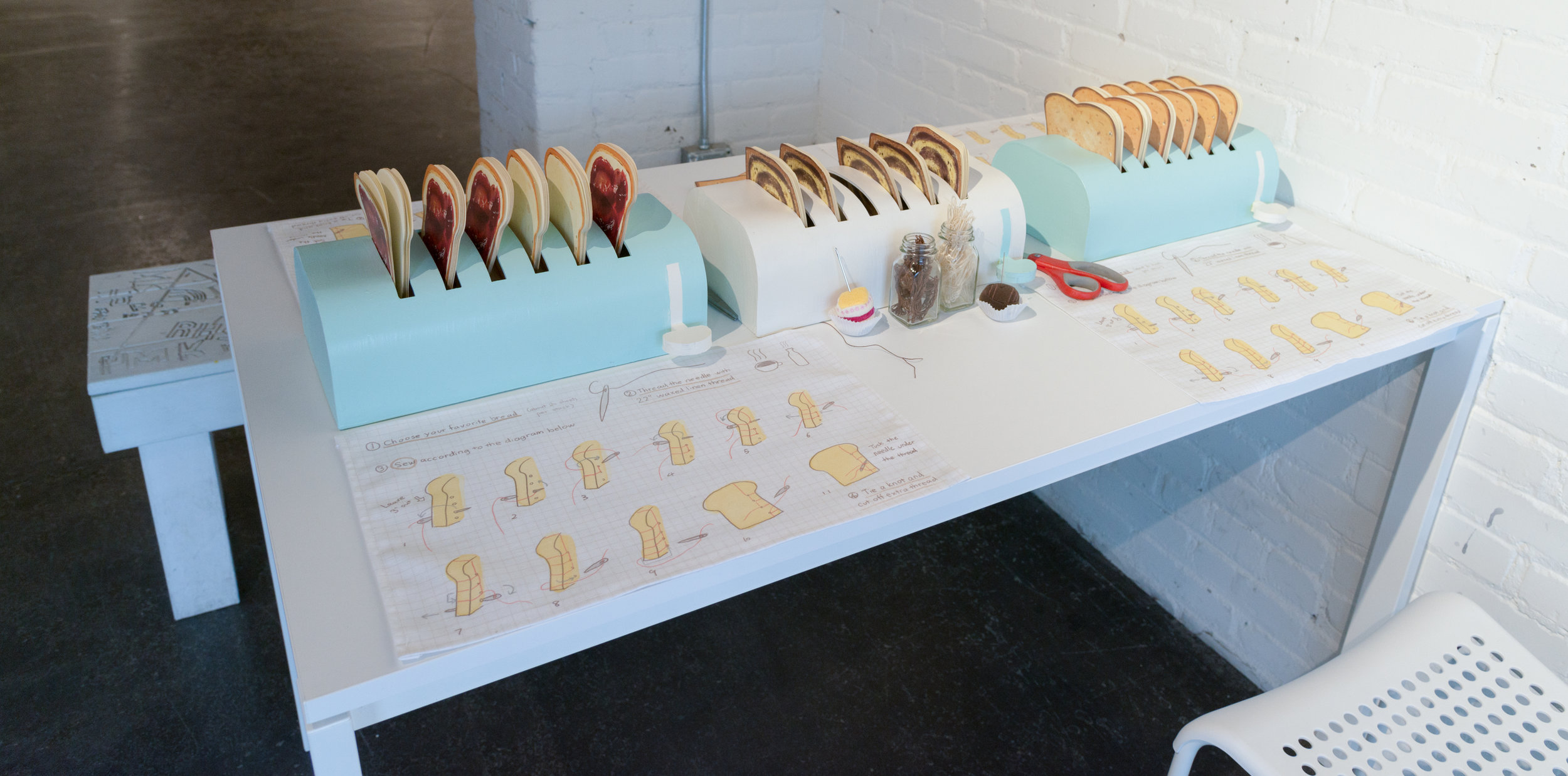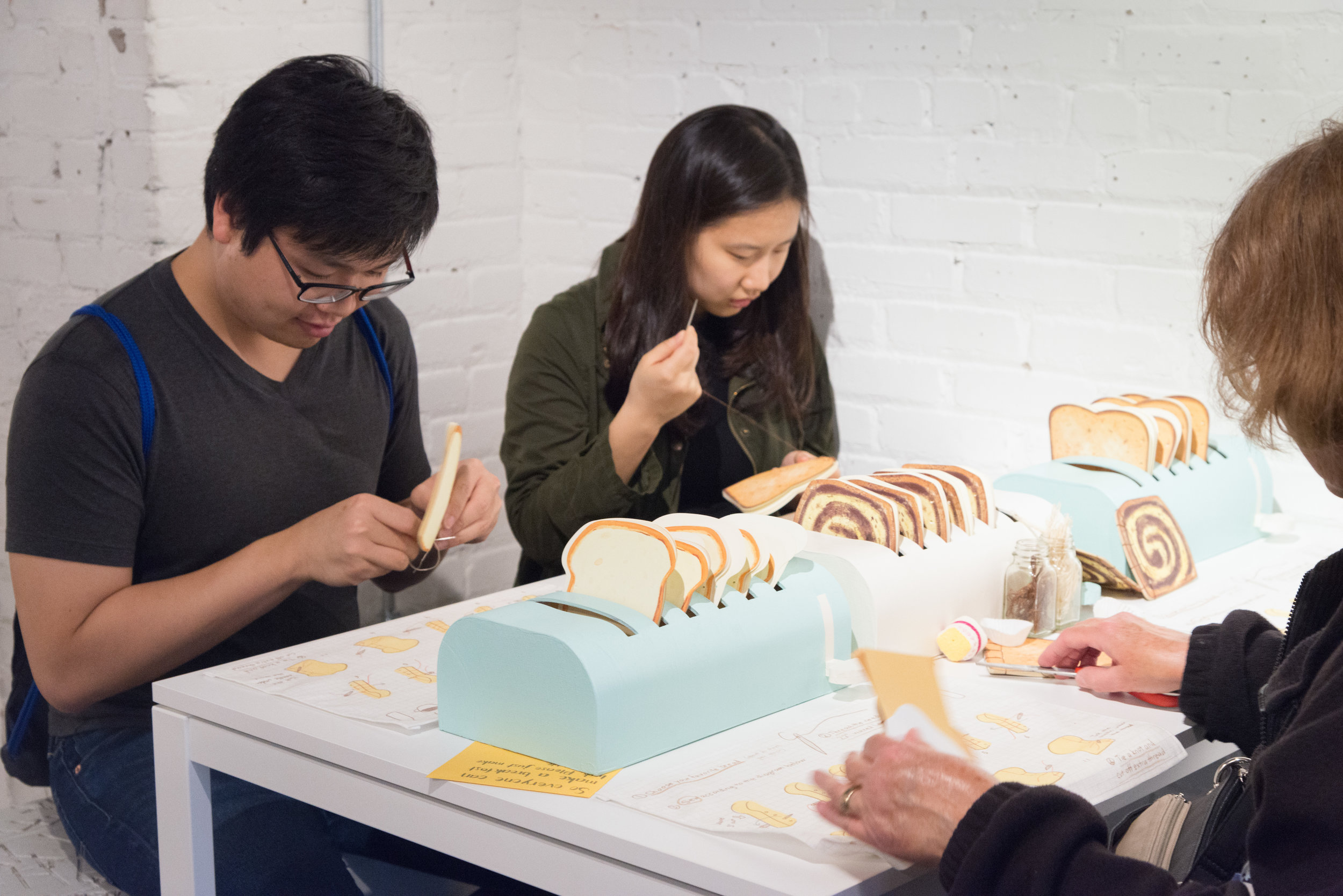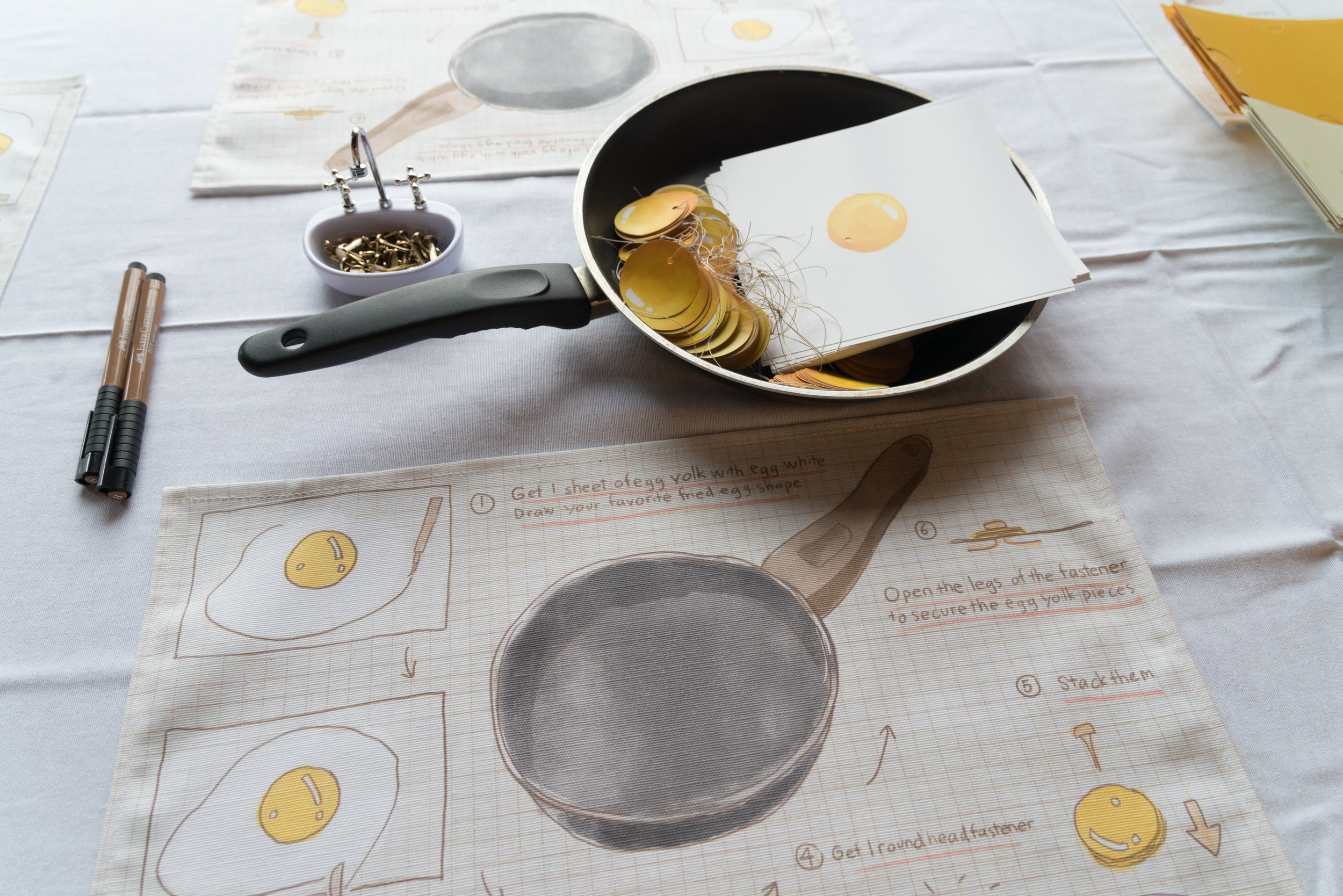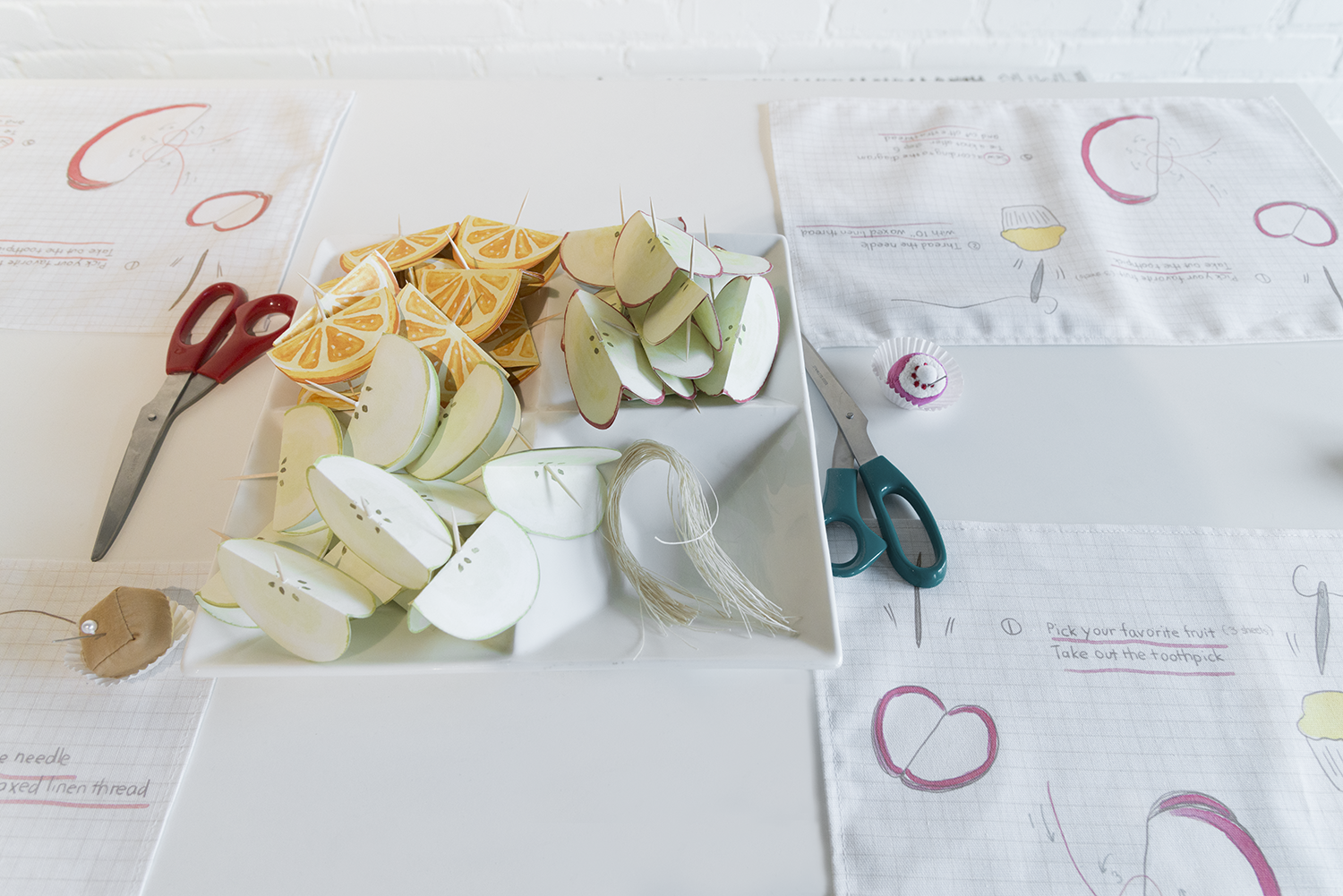In fall 2017, the Learning Center at Minneapolis College of Art and Design ordered five standing desks for students with disabilities to use during class. However, they were not very portable, so we had to order one for each classroom. I started to think of ways to make a standing desk that can fold and fit inside a backpack so that a student can carry it wherever they go.
Inspired by eco-friendly and portable designs, I chose corrugated cardboard. Over the next 4 months, I tested various ways to cut and fold the cardboard, including a matte cutter, table saw and CNC router. I experimented with more than 20 ways to lock the top surface to the vertical folios. After visiting 10 different cardboard suppliers in the Midwest, and trying cardboard of different thicknesses and strengths (the qualities of cardboard vary dramatically, and the thicker the cardboard is does not mean that it is stronger; the most common 5/32-inch cardboard in art supply stores is more bendable than the 1/16-inch cardboard in shipping material supply stores), I decided on different cardboard for the different heights of the standing desks. While doing research on the material and the production process, I made approximately 20 prototypes for people to use and abuse. In addition, I put a stack of books that weighed 160 pounds on the standing desk and it remained intact.
I kept getting good feedback about the prototypes, but one of the concerns from tall people was that they had to either look down at the screen or type at an uncomfortably-high level. In response to their request, I attached a slanted top on the original flat standing desk. However, the folding instructions became complicated and the product became very thick. Binbin Shen, one of the furniture design students at MCAD, suggested an accordion-fold structure without the top surface. The new design holds the laptop better. It requires less material and thus becomes more portable. Furthermore, it takes only one step to unfold and use it.
While working on a large number of iterations of these two models, I kept wondering if there was a solution for people who needed to use a mouse, or people who wrote on a piece of paper while using the laptop, or people who had devices connected to the laptop, or people who used a desktop. After 50 completely different attempts, I came up with a design that provides a 24-inch by 12-inch work surface, on New Year’s Eve.
